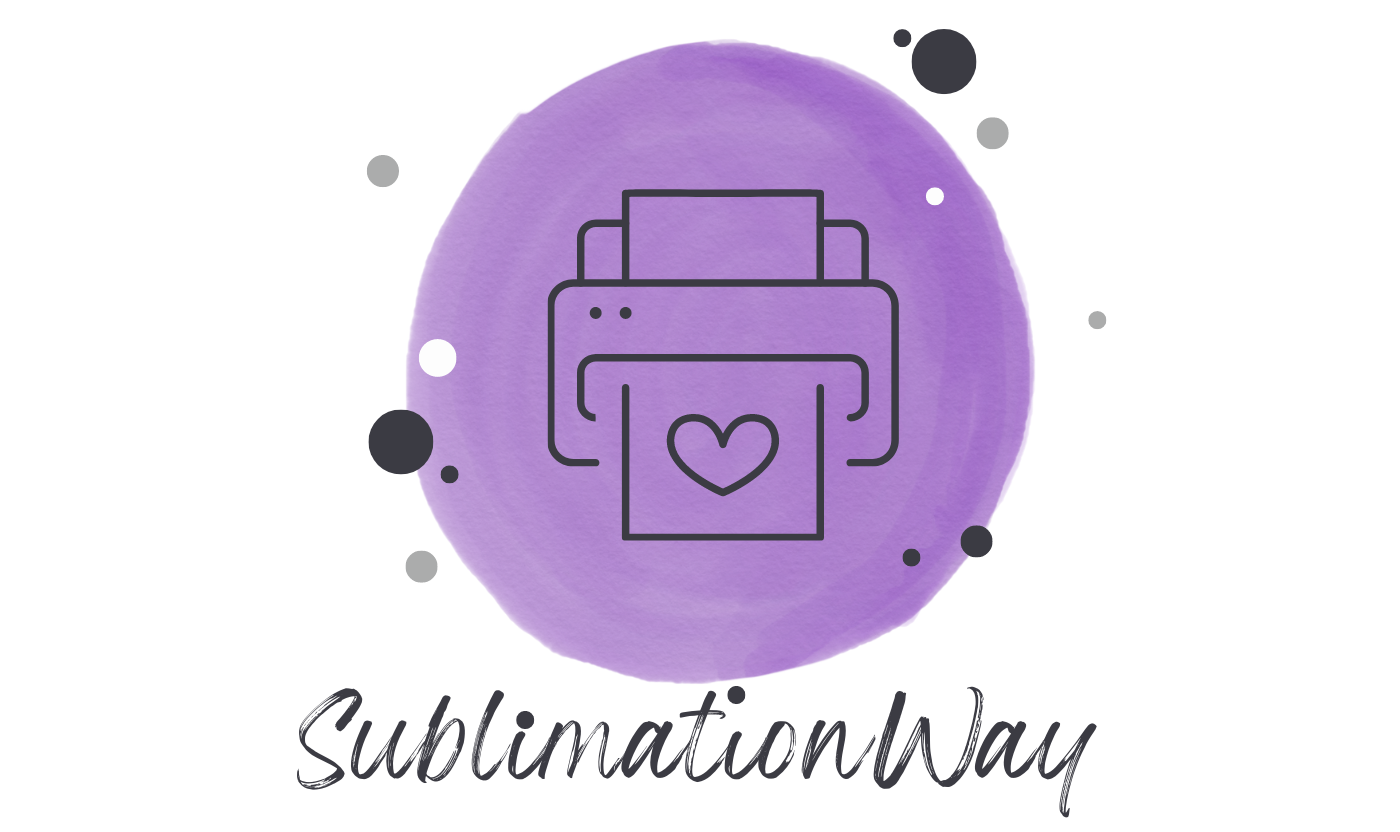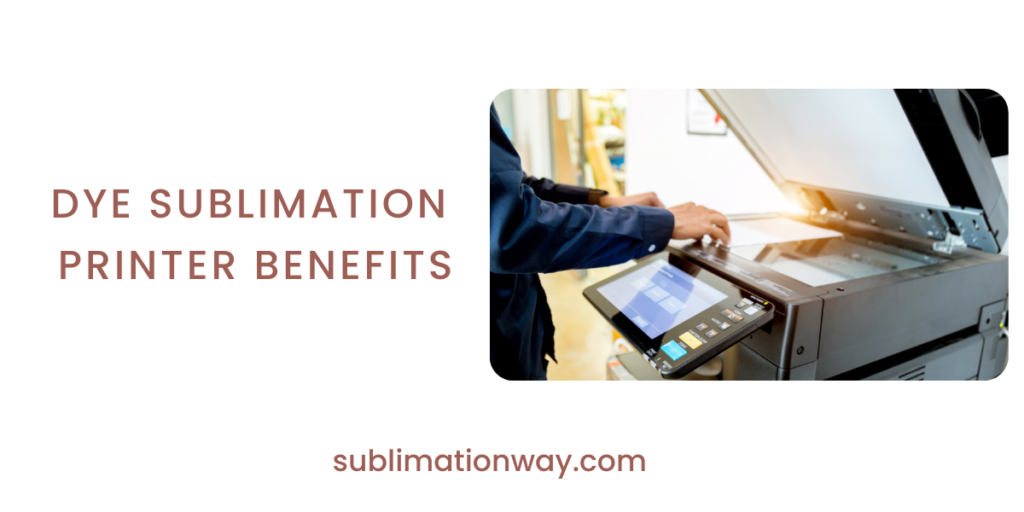A Dye Sublimation printer is a type of inkjet printer that uses heat to transfer dye onto a substrate.
The process of sublimation occurs when the dye turns from a solid to a gas without first becoming a liquid. This allows for very detailed and high-quality prints that are resistant to fading.
Dye-Sublimation printers are often used for printing photos, as the results are usually much more accurate than with other types of printers.
In this blog post, we will discuss how Dye-Sublimation printers work and some of the benefits they offer!
In order to understand how a Dye-Sublimation printer works, it is important to first understand the process of sublimation.
As we mentioned before, sublimation is when a substance goes from a solid directly to a gas, without passing through the liquid stage.
Dye Sublimation Printer Working
A dye-sublimation printer (or dye-sub printer) is a computer printer that employs a printing process that uses heat to transfer dye onto paper, plastic, or other media.
The process is usually to print on specially coated paper (sublimation paper) but can also be used on polyester fabric.
Dye sublimation printers work by first heating up solid dye crystals (in the form of a wax ribbon or dry sheets) until they turn into gas.
The gas then diffuses through a Ryan Report dye and becomes deposited onto the medium being printed on. Due to the fact that only dye vapor comes in contact with the print medium, very few ink bleeds occur during the printing process.
This results in prints with true, consistent colors.
Dye-sublimation printers are available in a vast variety of different brands each one covering specific user needs.
For example, if you look at Epson Printers, you can find so many good dye-sublimation printers each of which is designed for particular usage.
If you intend to go for just a startup, you can try their basic sublimation printers like Epson EcoTank and Workforce series but if you are already in this field for a while and now plans to move onto the next level, you may need a wide format printer that can print up to 13×19.
You can also see that on the Epson website page where three different categories are being offered to you. Based on your usage and needs, you can easily find out which one is best for you.
Advantages of Dye Sublimation Printer
With so many features to offer, a dye sublimation printer definitely has so many advantages which makes it good enough for digital printing or sublimation printing.
Full-Color Print With High Resolution
One of the main advantages of dye sublimation printing is that it allows for full-color prints with a high degree of detail. Dye sublimation printers can print at resolutions up to 1200 dpi (dots per inch), resulting in prints that are sharp and vibrant.
Resistant to Fading
Another advantage of dye sublimation printing is that the colors are very resistant to fading. This is because the dye has actually bonded with the fibers of the medium, as opposed to being applied on top of it.
Uses CMYO System
Where few printers use black ink, dye sublimation printers do not use black ink. They use CMYO System which is an acronym for Cyan Magenta Yellow Overcoating System.
More Accuracy
Dye-sublimation printer provides more accuracy in terms of colors and printed design quality. They are much durable and good brands printers come up with a warranty of up to 3 years.
Final Thoughts
If you are looking for a printer that can produce high-quality, full-color prints with a high degree of detail, then a dye sublimation printer may be the right choice for you!
In this blog post, we discussed how Dye-Sublimation printers work and some of the benefits they offer. We hope that this information has been helpful and that you will consider a Dye-Sublimation printer for your printing needs!
Thanks for reading!
Related: The Best Way To Sublimate On Acrylic

